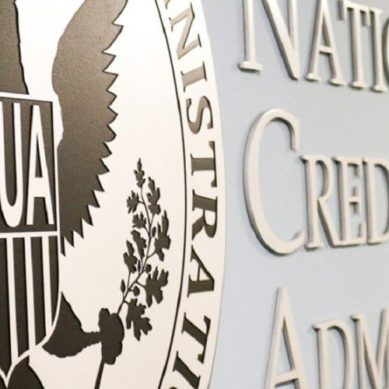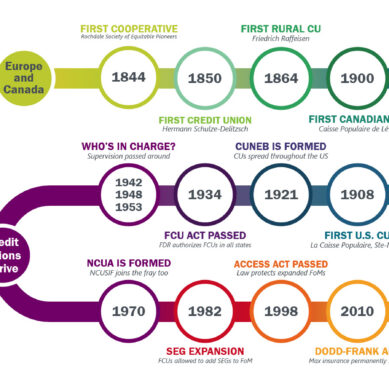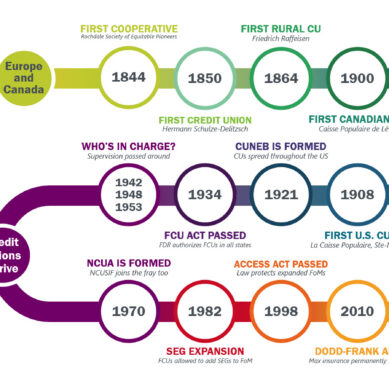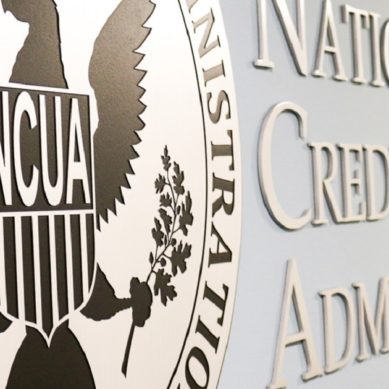In the credit union world, we often launch promotions—backpack giveaways, shred days, and product pushes—because they “feel right.” Rarely do we ask the most important question before we start: “What is the real value of what we’re offering?”
In an era of tightening budgets and rising member expectations, credit unions can no longer afford to treat marketing campaigns as one-off expenses. Instead, they must be viewed—and measured—as strategic investments. But how do you really know if a campaign is working? The answer lies in understanding and measuring ROI the right way.
Let me walk you through a recent example of how one of our credit union partners unlocked the true return on investment (ROI) of a credit card campaign—and why it worked.
Step one: establishing member value
We began with a simple but critical question: “What is one credit card member worth?” To get there, we partnered with the credit union’s card services department. Through a bit of spreadsheet digging, we calculated:
- Interchange + interest income
- Divided by the total number of active credit cards
That gave us an average annual revenue per credit card member. Next, we needed to understand how long those credit cards typically stayed active. For this particular institution, the average lifespan was 3.5 years. So:
Average annual revenue × 3.5 = Lifetime value of a credit card member
This number allowed the marketing and finance teams to finally quantify success. If a new cardholder is worth $X, and a campaign brings in Y new cardholders, we can now measure ROI with confidence.
Step two: executing a targeted campaign
Armed with this insight, we launched a Q1 debt consolidation campaign, common in the credit union space. But unlike a broad push, we focused our efforts using:
- A clear, trackable message
- A dedicated landing page with a vanity URL (e.g., com)
- A conversion-optimized site experience
This setup allowed us to monitor both engagement and application behavior in real time.
Step three: measuring results
Let’s talk about outcomes. (my personal favorite)
- Previous January: 56 new credit card sign-ups
- Post-campaign January: 112 new sign-ups
That’s a 100% year-over-year increase. Even better: by comparing campaign spend against the known member value, the credit union realized a 3:1 return on investment.
From a web traffic perspective, the results were just as compelling:
- Quarter-over-quarter traffic to the credit card page increased by 3,100%
- Year-over-year traffic saw a 2,700% boost
We knew our messaging was working. More importantly, we could prove it.
The takeaway: purposeful marketing wins
Every dollar you spend on marketing belongs to your members. That’s why profit in the credit union space isn’t just acceptable—it’s responsible when done right. So when you start your next campaign, remember:
- Define the value of a product or member before you promote it.
- Send people to the right destination—not just your homepage.
- Use URLs that are easy to remember, track, and convert.
- Measure outcomes and optimize based on real data.
Every campaign should begin with clear KPIs aligned with organizational goals, not just marketing goals. That alignment is where ROI becomes both meaningful and measurable.
With the right preparation, your next campaign won’t just look good—it will deliver real value to your members and measurable ROI to your credit union. Because at the end of the day, it’s not just about how loud your message is—it’s about how clearly it’s heard, and how deeply it resonates.


























































